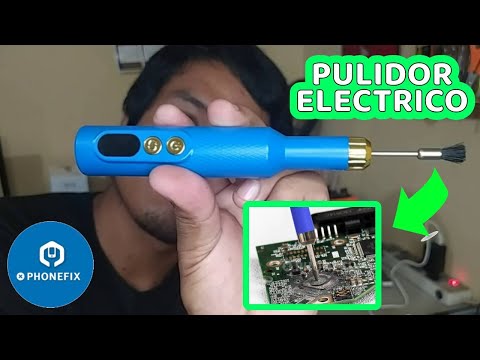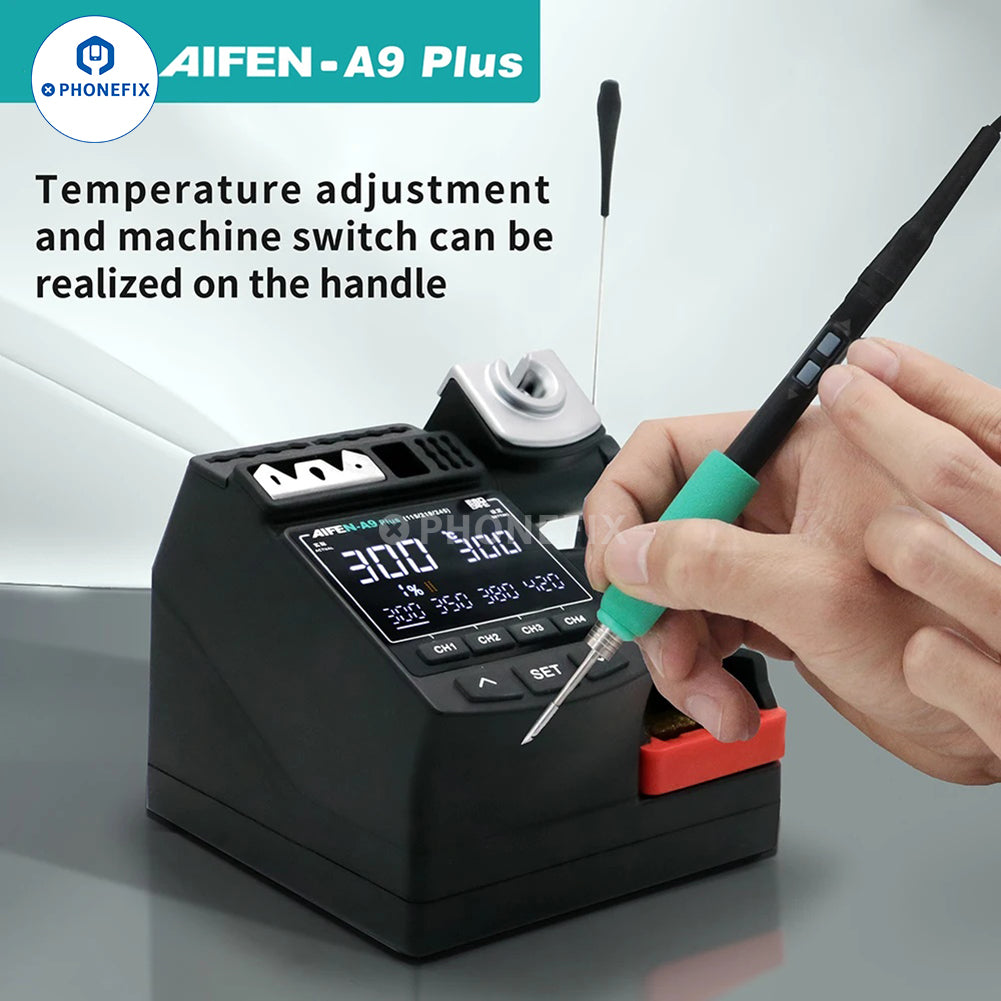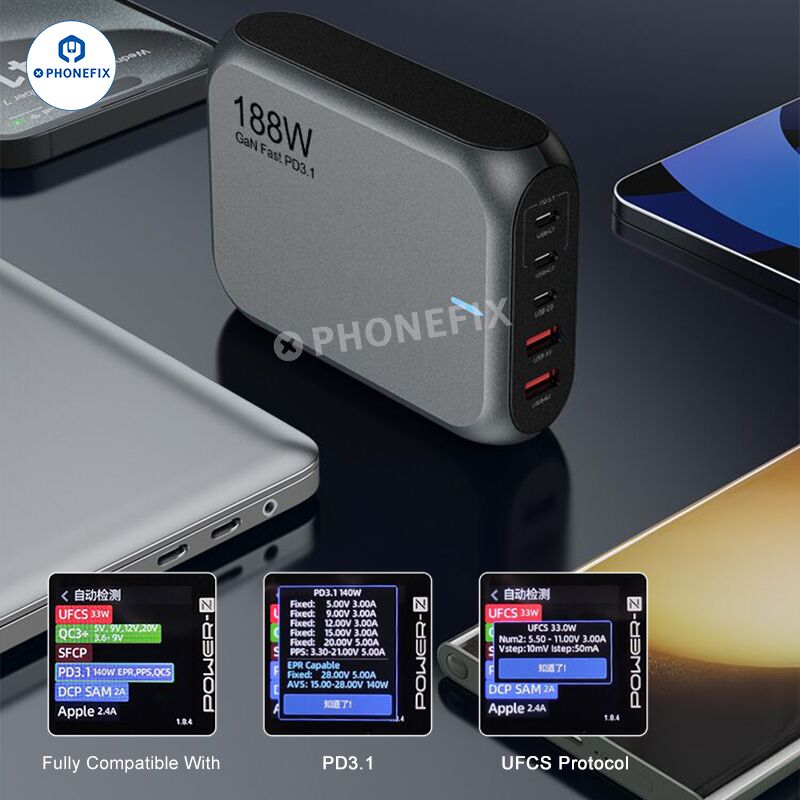Understanding Face ID and the TrueDepth Camera System
Face ID relies on several key components within your iPhone's TrueDepth camera system:
The Flood Illuminator is a small laser that acts as the "porch light" of the Face ID system.
2. Dot Projector
The Dot Projector uses a prism to project an array of infrared dots onto your face.
3. TrueDepth Cameras
The TrueDepth Cameras include the front-facing (selfie) camera and an infrared (IR) camera, which work together for depth perception.

Common Face ID Problems and Solutions
1. Flood Illuminator Problems
The most frequent cause of Face ID malfunction is issues with the Flood Illuminator located on the top side, specifically on the screen. Some common problems include:- Water damage: Even a small amount of water, such as a drop from a cleaning wipe or sweat, can corrode the Flood Illuminator if it enters through the ear speaker mesh.
- Torn front flex: During a screen replacement, the thin black flex connecting the Flood Illuminator to the logic board may accidentally tear, preventing the porch light of the Face ID system from turning on.
Fortunately, these issues can often be resolved. If the Flood Illuminator itself is undamaged, it can be desoldered from its original flex, cleaned, and resoldered onto a known good flex from another phone. This procedure restores Face ID functionality lost due to water damage or torn flex accidents.
2. Dot Projector Problems
The good news is that the most common Face ID problem on the bottom side of the clamshell is a failed Dot Projector. The Dot Projector is a small glass-like square adjacent to the TrueDepth cameras and contains an internal fuse that can easily be damaged. This can occur through water exposure or even by accidentally touching it.
This process requires specialized equipment, including removing the Dot Projector, soldering it onto a new receiver QianLi Dot Matrix Flex, performing a read/write operation to transfer the serial number, and delicately epoxying the prism in place.
In the majority of cases, this restores Face ID functionality, except for severe damage to the front/selfie or IR cameras.
Here is the Face ID Troubleshooting Flowchart


Conclusion
In summary, this article provided an overview of Face ID on iPhones, explained common issues affecting Face ID, and offered repair solutions. PHONEFIX offers all repair tools, such as the QianLi iCopy Plus 2.2 Programmer and the Face ID Reballing Stencil and Qianli Dot Projector Fixture, for Face ID repairs.












